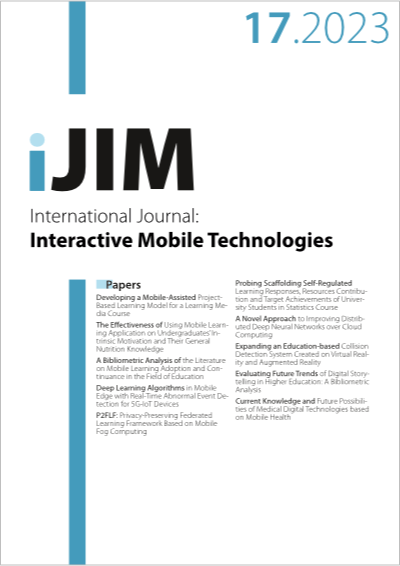Probing Scaffolding Self-Regulated Learning Responses, Resources Contribution and Target Achievements of University Students in Statistics Course
DOI:
https://doi.org/10.3991/ijim.v17i17.41701Keywords:
scaffolding, self-regulated learning, statistics courseAbstract
Scaffolding self-regulated learning is an emerging research agenda in higher education. However, scaffolding self-regulated learning in a relatively complex subject such as statistics is still understudied. The present study addresses this matter by observing university students’ engagement in scaffolding self-regulated learning in a statistics course focusing on their scaffolding responses, resources contribution and target achievements. It was an exploratory case study with the participation of 26 private university students who are enrolled in the fifth semester as their third-year studies. The results indicate that university students are aware of statistics learning goals but overtargeting achievements, as they were less likely to achieve their decided targets. Students prefer to write a self-reflection than take notes. The different duration of watching videos and reading modules does not vary in quiz performance. The current findings add a novel understanding that self-regulated statistics learning requires advanced scaffolds to promote higher outcomes because of its characteristics as a complex and abstract subject.
Downloads
Published
How to Cite
Issue
Section
License
Copyright (c) 2023 Aeng Muhidin, Basuki Wibawa, Khaerudin, Shinta Doriza, Imam Fitri Rahmadi

This work is licensed under a Creative Commons Attribution 4.0 International License.


